nursing
 nursing pedagogy
nursing pedagogy
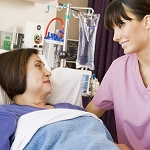
The functions of a nurse are currently being expanded due to health care reforms. At the same time, one of the most important components of professional activity is nursing pedagogy - the transfer to the patient and his relatives of the necessary knowledge, skills and abilities.
The effectiveness of the nursing process directly depends on the literacy and professionalism of the nurse. When a patient loses the ability to self-care, a nurse comes to the rescue. But not only to help carry out the necessary actions. A much more important task of the nurse is to teach the patient to serve himself under the prevailing conditions.
 Nursing examination of the patient
Nursing examination of the patient

Stage I of the nursing process
In addition to medical, there is a nursing examination of the patient as the first stage of the nursing process. At this stage, the nurse collects information about the patient using her senses:
- vision;
- hearing;
- smell;
- touch. Read completely "
 Contemporary Nursing
Contemporary Nursing

An integral part of today's health care is modern nursing - a field of activity aimed at solving individual and social problems of the population in constantly changing environmental conditions.
Modern nursing defined as the science and art of medical care for the patient, aimed at solving his problems:
- existing;
- potential. Read completely "
 Model V. Henderson
Model V. Henderson
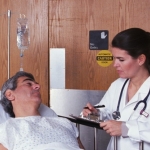
Virginia Henderson is a famous name in nursing. She is the author of the theory of nursing care.
The so-called additive-complementary nursing model of Henderson calls for directing the nurse's attention to helping the patient in his needs:
- physical, physiological;
- psychological;
- social. Read completely "
 Model D. Orem
Model D. Orem
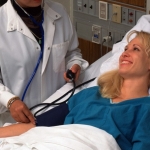
Introduced in 1971, Dorothea Orem's model is based on the principles of self-care , or self-care.
In this model of nursing, 3 groups of needs for self-care are distinguished:
1. Universal:
- sufficient intake of air, liquid, food;
- sufficient opportunities for allocation and process-related needs;
- balance between activity and rest, between communication and loneliness;
- prevention of danger to life and normal life in good health;
- the desire to correspond to a certain social group, based on individual capabilities.
 Model N. Roper
Model N. Roper
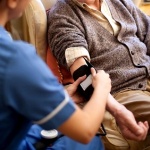
's sister model, co-authored with V. Logan and A. Tierney, is based on 12 types of daily human life. This includes both biological and social human needs.
- Safety.
- Communication.
- Breath.
- Consumption of food and liquids.
- Removal of unwanted body products.
- Personal hygiene.
- Comfortable body temperature.
- Physical activity.
- Work and leisure.
- Sexuality.
- Dream.
- Dying. Read completely "
 Model K. Roy
Model K. Roy
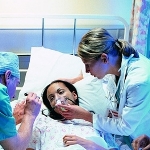
The adaptive model of K. Roy is based on the presence of a certain range of possibilities in which a person adapts to unusual states independently and with outside help. The possibilities of the body in this model:
- physiological;
- psychological.
Each person has a unique range of comfortable adaptation (both physiological and psychological). 's sisterly adaptation model defines the factors influencing the size of the adaptation range as stimuli. Read completely "
 Model D. Johnson
Model D. Johnson
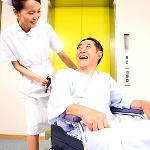
The sister model of D. Johnson is based on the correction of human behavior. According to the theory of this model, the patient is free to decide to change his behavior in order to achieve the goals:
- recovery;
- education;
- mastery of skills.
conceptual model identifies two areas of behavior:
- based on current events and people around;
- under the influence of established habits and stereotypes. Read completely "
 Model M. Allen
Model M. Allen
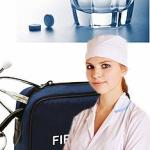
In medical publications, the M. Allen model (after the name of the author) is also called the McGill model (after the name of the university in Canada). Its development dates back to the 70s of the XX century, when the organization of primary medical care received wide support.
The foundation of Moira Allen's nursing model is health maintenance . Through the active participation of the patient himself and his relatives. Read completely "
 nursing models
nursing models
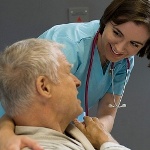
Consider the main models of nursing in medicine.
First, remember that a model is a role model. And nursing models define the essence of the nurse-patient relationship. The determining factor in the direction of any model is the patient and his problems with disability and the ability to self-service.
The main components in each model of nursing are: